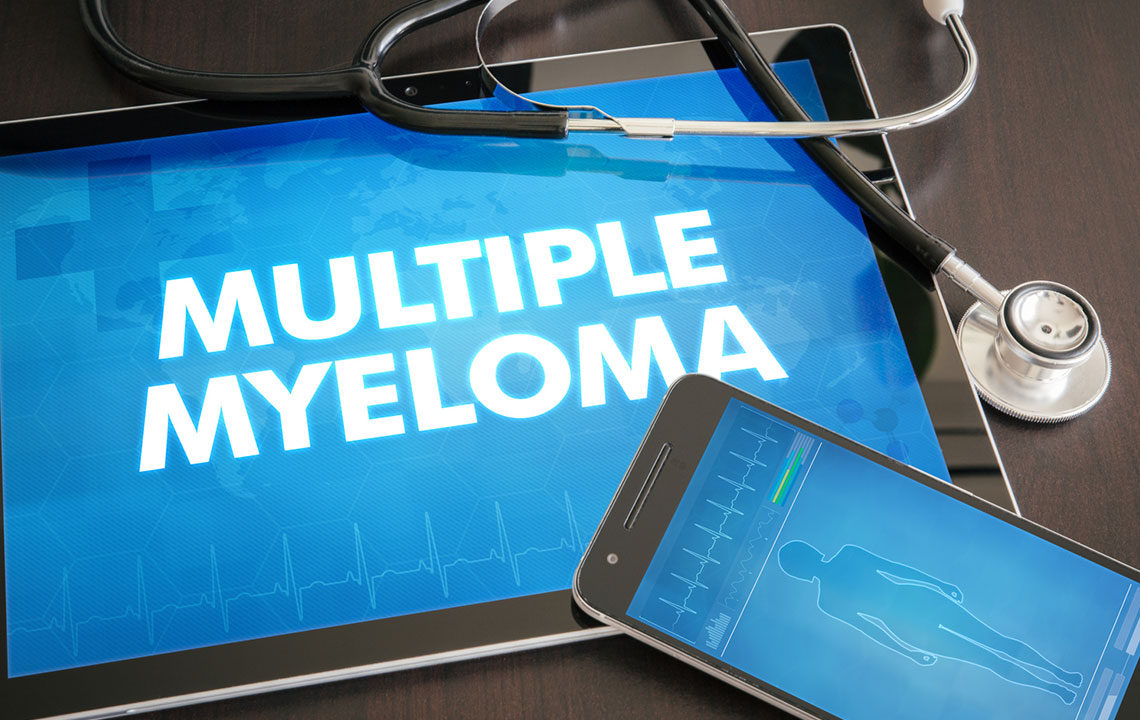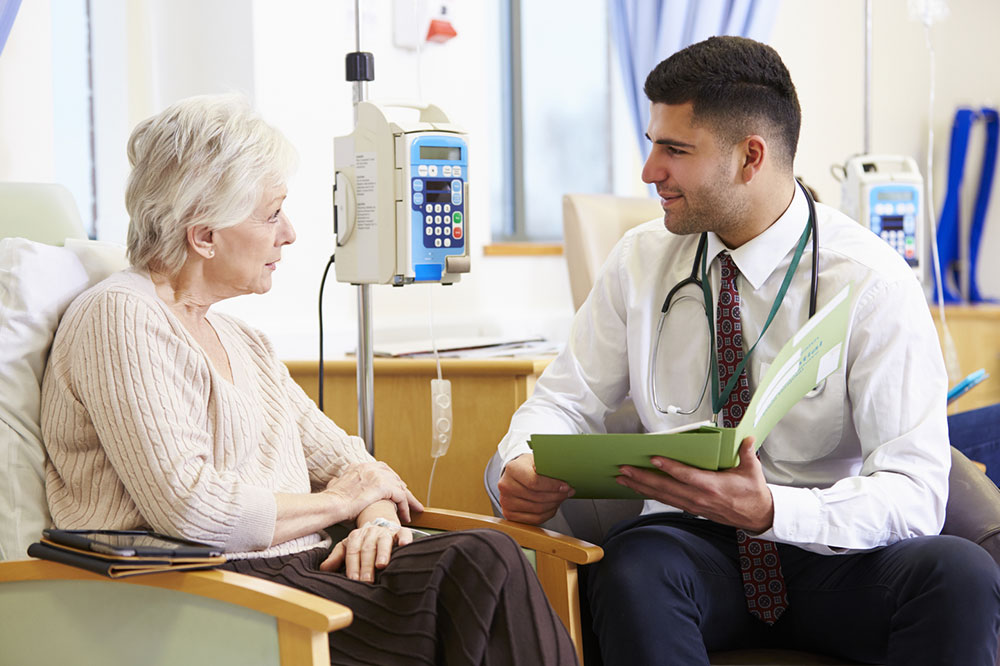Comprehensive Guide to the Most Common Types of Cancer and Prevention Strategies
This comprehensive guide explores the most common types of cancer, including lung, breast, kidney, and prostate cancer. It discusses risk factors, symptoms, and prevention strategies, emphasizing early detection and lifestyle modifications for better health outcomes. Stay informed and proactive to reduce your cancer risk and improve treatment success.

Comprehensive Guide to the Most Common Types of Cancer and Prevention Strategies
Cancer remains one of the most formidable global health challenges, ranking prominently as a leading cause of death worldwide. Despite advances in medical science, over 100 different types of cancer have been identified, each with unique characteristics, causes, and treatment options. Early detection of cancer is often challenging because many forms develop silently in their initial stages, with few obvious symptoms. Consequently, understanding prevalent cancers, recognizing risk factors, and adopting effective preventive measures are crucial for reducing individual risk and improving survival rates.
Understanding Major Types of Cancer:
The human body is a complex architecture composed of trillions of cells that form various organs, tissues, and systems. Under normal conditions, cells grow, divide, and die in a regulated manner to maintain health. Cancer occurs when some cells acquire genetic mutations that cause them to grow uncontrollably, losing their ability to die when they should. This abnormal proliferation leads to the formation of tumors that can invade surrounding tissues and potentially spread to other parts of the body through the bloodstream or lymphatic system—a process called metastasis.
Uncontrolled cell growth and tumor development can significantly impact bodily functions, depending on the tissue impacted. Cancers are typically named based on their origin tissue—such as lung, breast, prostate, or kidney. Among the numerous types, some are more common and clinically significant, making awareness and early detection vital for better treatment outcomes.
Malignant tumors present a crucial health concern because of their potential to invade local tissues and metastasize to distant organs. The nature of each cancer depends on its tissue of origin, cellular characteristics, and genetic mutations involved. Recognizing the most common types of cancer can guide individuals in understanding symptoms, risk factors, and preventive strategies effectively.
Major Types of Cancer and Their Impact
Cancer types can vary significantly in their behavior and prognosis. Here, we explore some of the most prevalent and clinically significant types, including their causes, symptoms, risk factors, and preventive strategies.
Lung Cancer
Lung cancer is one of the most widespread and lethal forms of cancer worldwide. It is responsible for a significant number of cancer-related deaths, with projections indicating over 2.1 million fatalities anticipated by 2035. This type of cancer develops in any part of the lung tissue—whether the main bronchus, lung periphery, or other areas—and is often associated with prolonged exposure to carcinogens.
Risk factors for lung cancer include smoking—both active and passive exposure to secondhand smoke—genetic predispositions, family history, exposure to air pollution, HIV infection, and radiation exposure from medical imaging such as CT scans. Symptoms may not appear until the disease progresses, but common signs include persistent cough, chest pain, wheezing, hoarseness, hemoptysis (coughing up blood), unexplained weight loss, and difficulty swallowing. Preventive measures primarily involve smoking cessation, avoiding exposure to carcinogens, and maintaining healthy lifestyle choices.
Breast Cancer
Breast cancer remains the most common cancer among women globally, although men can也 be affected. It originates from cells within breast tissue, particularly the ducts and lobules. Genetic mutations—either inherited or acquired—play a significant role, along with factors such as family history, obesity, and sedentary lifestyles. Breast cancers can develop slowly or aggressively, making early detection crucial.
Symptoms of breast cancer include palpable lumps, changes in breast size or shape, skin dimpling, nipple retraction or nipple discharge, and skin changes. Regular screening through mammograms, clinical breast exams, and self-examinations are vital preventive practices. Lifestyle modifications like maintaining a healthy weight, engaging in regular physical activity, limiting alcohol intake, and avoiding unnecessary radiation exposure can reduce risk.
Kidney Cancer
Each year, approximately 80,000 adults are diagnosed with kidney cancer, ranking it among the top six most common cancers in men and the ninth in women. The precise causes are not fully understood, but risk factors include genetic predispositions, age, gender (more common in men), chronic kidney disease, and long-term dialysis treatment. Environmental exposures and lifestyle factors may also contribute.
Symptoms often include hematuria (blood in urine), persistent lower back pain, unexplained weight loss, fatigue, and occasional fever. Early detection can significantly improve treatment success rates. Engaging in a healthy lifestyle, controlling blood pressure, avoiding smoking, and routine health screenings are effective preventive strategies to mitigate risk.
Prostate Cancer
Prostate cancer primarily affects men and is among the leading causes of cancer-related deaths in men after lung cancer. Typically, prostate cancer progresses slowly and may not cause symptoms in its early stages. However, some variants develop more aggressively and require prompt treatment.
Risk factors include increasing age—most cases occur in men over 50—genetic factors, family history, and certain lifestyle choices. Common symptoms include urinary difficulties such as hesitancy, weak urine flow, blood in the urine or semen, pelvic discomfort, bone pain, and erectile dysfunction. Regular prostate screening (PSA tests and digital rectal exams), along with healthy lifestyle habits—like diet and exercise—are essential for early detection and prevention. Recognizing early signs and consulting urologists or oncologists promptly can significantly improve management and outcomes.
In conclusion, understanding the most common types of cancer, their risk factors, and early warning signs is crucial in combating this widespread health threat. Adopting a healthy lifestyle, maintaining regular screenings, and being attentive to changes in one's body can drastically improve the chances of early detection and successful treatment. Visitors should stay informed about emerging research, prevention methods, and new therapies to stay ahead in the fight against cancer.





